Report this entry
More from the same community-collection
El Paso Community College commencement 2015
EPCC President Dr. William Serrata hands a diploma to an EPCC ...
El Paso Community College commencement
El Paso Community College graduates walk out of the Don Haskins ...
El Paso Community College commencement.
El Paso Community College graduate waves at family and friends.
El Paso Community College commencement
El Paso Community College graduate shakes hands with EPCC board ...
Guardian Angel Catholic School Kindergarten 1963
Sister Casenita's Kindergarten class 1963-1964 at Guardian Angel ...
Gayle Greve Hunt School of Nursing
The Topping Ceremony for the Hunt School of Nursing in Central ...
Hunt Family Foundation Donates to UTEP - El Paso, Texas
In the single largest gift to date in The University of Texas at ...
Woody & Gayle Hunt Family Pediatric Intensive Care Unit
The generous $1 million dollar gift of the Hunt family named the ...

















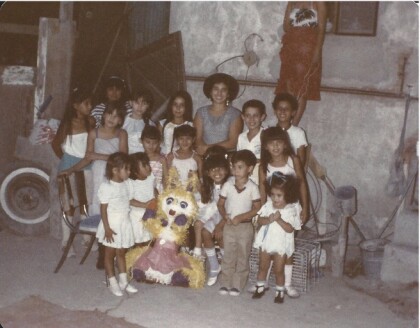


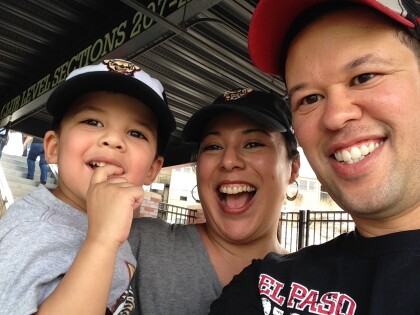
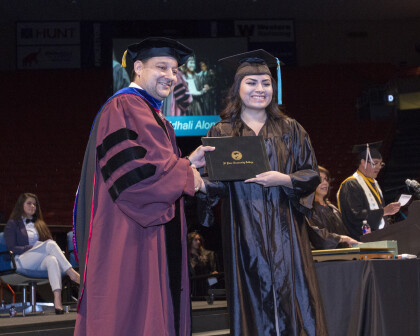
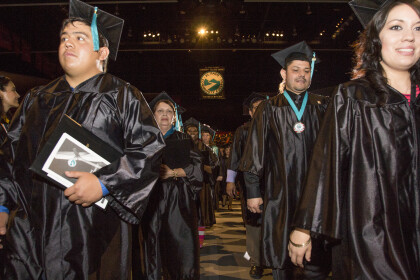

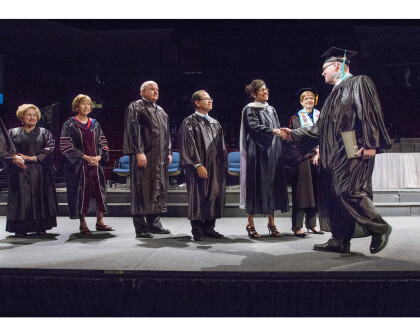

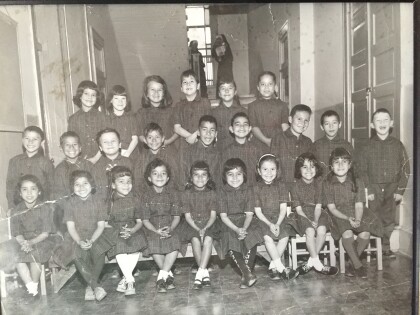
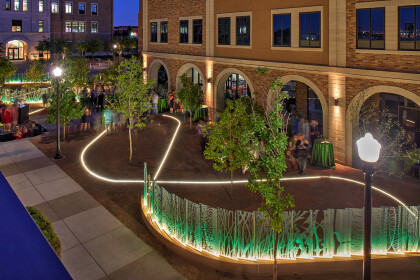

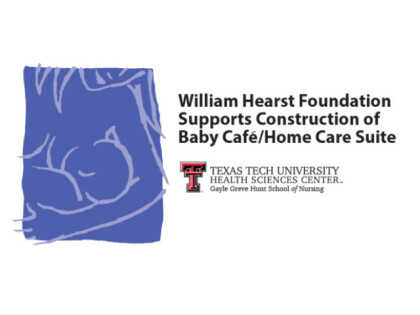
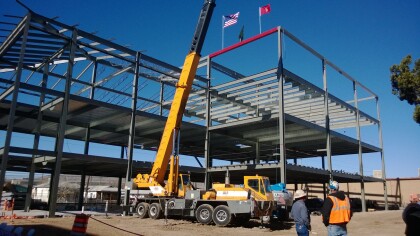
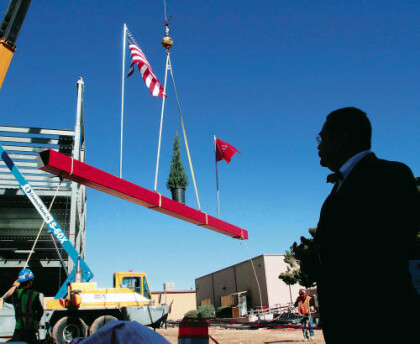
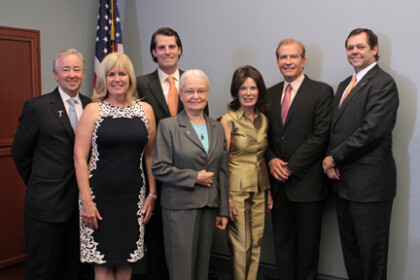







Comments
Add a comment